Deck & Commander Strategies

Kaervek the Merciless
Punish opponents by dealing damage equal to the mana value of their spells, using pingers and incremental damage effects to control the board and reduce life totals without relying on combat.

Flubs, the Fool
Accelerate lands and cast numerous cheap spells to cycle through the deck quickly, aiming to keep hand size low to maximize card draw and set up for explosive turns.

The Necrobloom
Leverage landfall triggers and dredge lands to create a wide board of plant and zombie tokens, gradually overwhelming opponents with a resilient and growing army.

Zimone, All-Questioning
Play lands to reach prime numbers, generating Primo fractal tokens with +1/+1 counters corresponding to the number of lands, focusing on building large creatures to dominate combat.
Gameplay Insights
- 1
Kaervek's strategy of punishing spellcasting forced players to carefully consider the timing and volume of their spells to avoid taking excessive damage.
- 2
Flubs' deck capitalized on maintaining zero cards in hand to draw multiple cards per spell cast, enabling fast deck cycling and explosive turns.
- 3
The Necrobloom deck used dredge to repeatedly bring lands back to hand, fueling continuous landfall triggers and token generation to maintain board presence.
- 4
Zimone's player tracked prime numbers meticulously to maximize token creation and growth, demonstrating the importance of numerical strategy in land-based decks.
- 5
Players used ramp spells and land fetch effects like Far Seek and Dreamscape Artist to accelerate land drops, crucial for triggering landfall and prime number conditions.
- 6
The combination of non-combat damage from Kaervek and token swarm from Necrobloom and Zimone created a multi-threat environment, requiring adaptive defensive plays.
Notable Cards
-
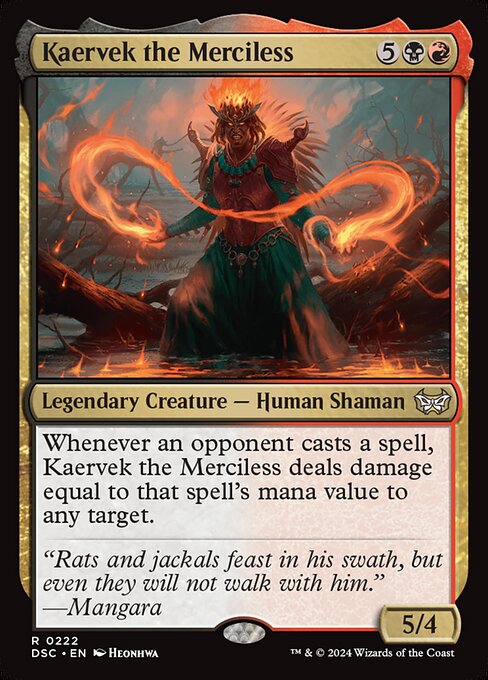
Kaervek the Merciless
-
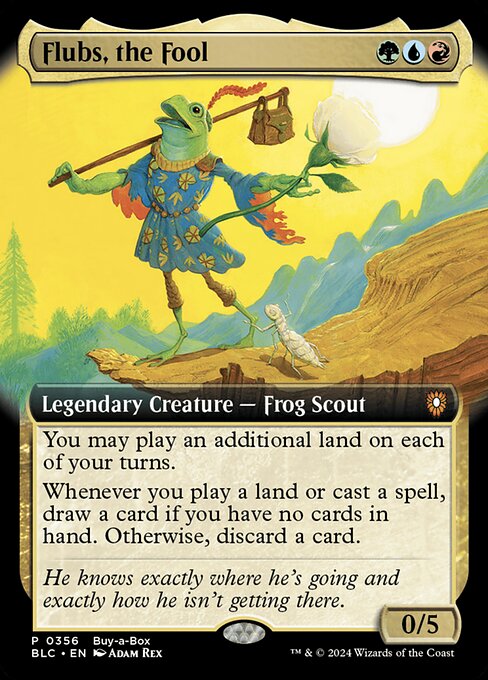
Flubs, the Fool
-
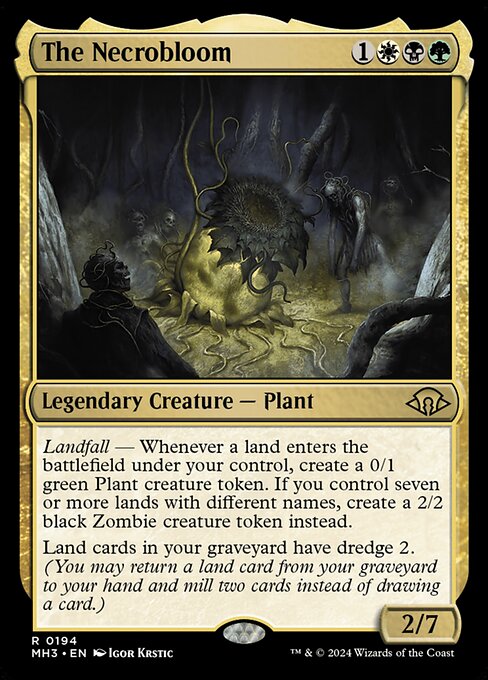
The Necrobloom
-
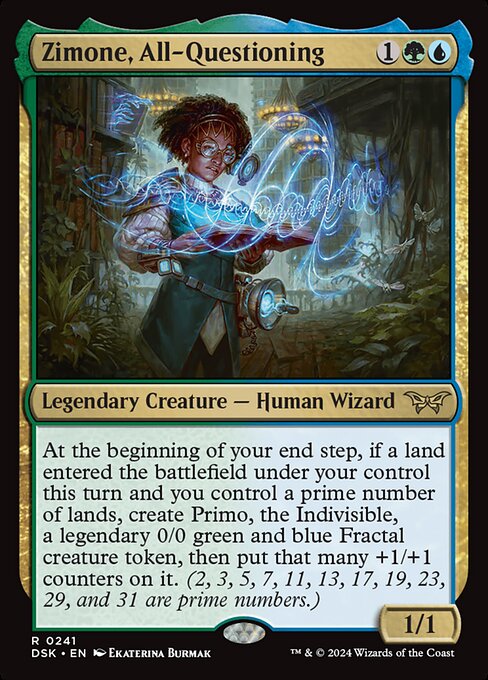
Zimone, All-Questioning
-

Dreamscape Artist
-
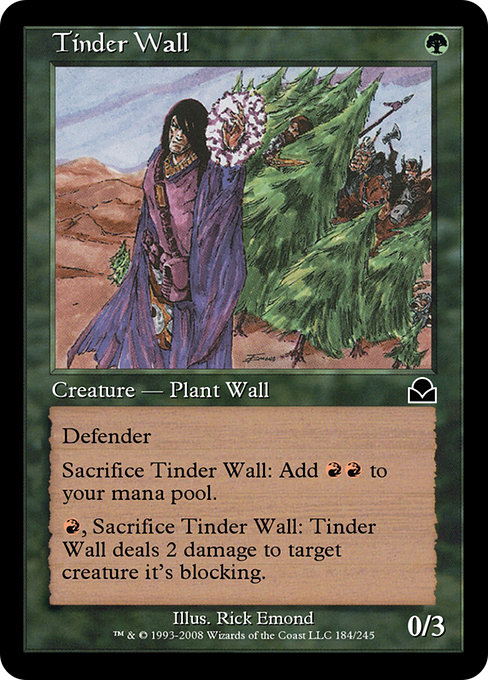
Tinder Wall
-

Escape Tunnel
Gameplay Summary
The game began with players focusing on ramping and establishing their board states, each showcasing their unique commander strategies.
Kaervek the Merciless aimed to punish opponents by dealing damage equal to the mana value of spells they cast, leveraging pingers and incremental damage to whittle down life totals.
Flubs, the Fool pursued an aggressive land and spell playstyle to cycle through his deck quickly, aiming to maintain a low hand size to maximize card draw and fuel explosive turns.
The Necrobloom deck utilized landfall triggers and dredge mechanics to generate a wide board presence of plant and zombie tokens, creating a resilient and swarming force.
Meanwhile, Zimone, All-Questioning focused on playing and counting lands to prime numbers, generating and growing powerful Primo fractal tokens to overwhelm opponents with large creatures and sustained pressure. Key turning points involved the Necrobloom player efficiently milling lands and generating tokens through landfall, steadily increasing board presence.
Zimone's player carefully tracked prime numbers to maximize the growth and number of Primo tokens, establishing a formidable board state.
Kaervek's player capitalized on opponents casting spells by dealing significant damage, shaping the flow of the game by discouraging excessive spellcasting.
Flubs remained patient, setting up for explosive turns by cycling through the deck rapidly, threatening to burn opponents down or overwhelm them with card advantage.
The interaction of landfall tokens, prime-number-driven creature growth, and incremental non-combat damage created a dynamic battlefield where timing and resource management were crucial.
The game showcased a blend of combo potential, token swarming, and damage-based control strategies ultimately revolving around maintaining board dominance and calculating damage output effectively.





























![Commander Chaos: Dieser Joghurt war einfach OP | Herumkommandiert #11 | EDH Gameplay [Deutsch] thumbnail](https://i.ytimg.com/vi/kkVzzfyoM6A/sddefault.jpg)



![Conner goes Duck Hunting, ft. Ratonhnhaké꞉ton, Nadu, Kenway, The Necrobloom [EDH/Commander Gameplay] thumbnail](https://i.ytimg.com/vi/hyCS_MgpCUs/sddefault.jpg)









